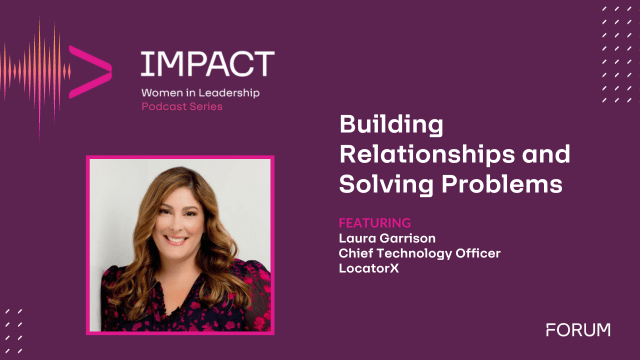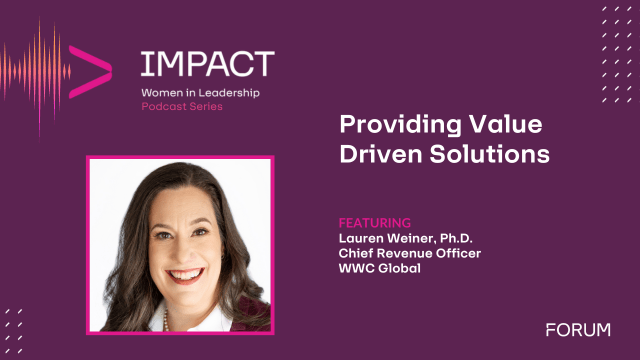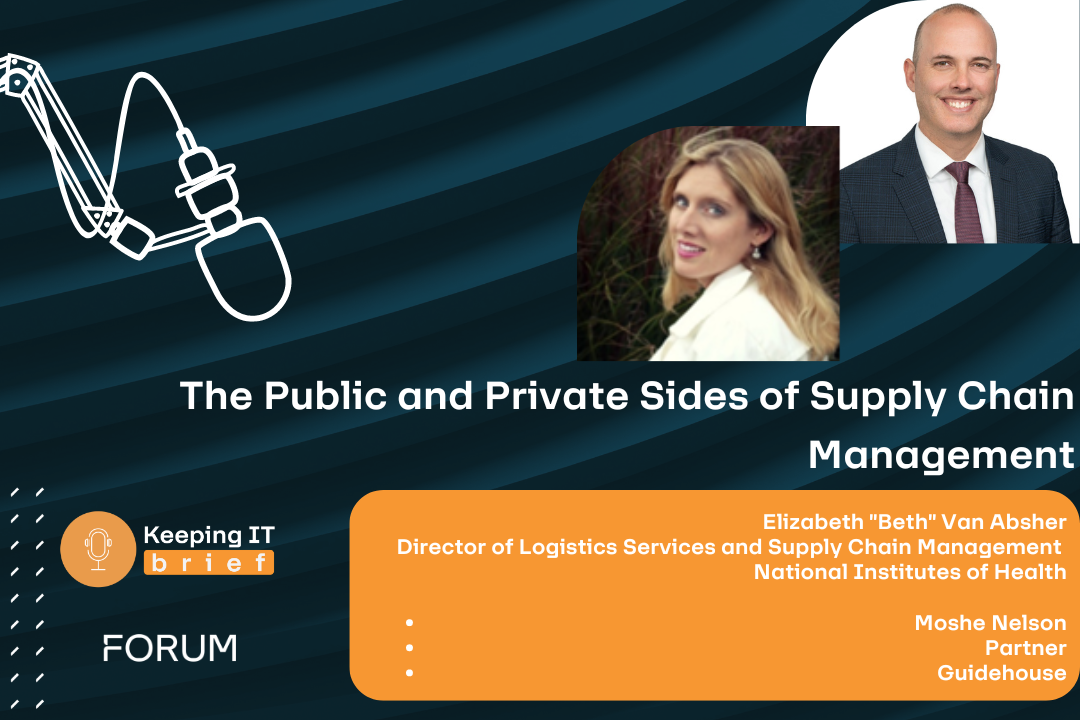By Heather Seftel-Kirk, FedHealthIT Magazine Contributing Author
Don Royal, President and Chief Executive Officer of CTAC has more than 30 years of IT experience working with cutting-edge technology and media companies. This includes managing the corporate operations of CTAC since its founding, and more than 26 years of experience managing IT projects for programs within government agencies including the U.S. Department of Health and Human Services (HHS), the General Services Administration (GSA), the U.S. Consumer Product Safety Commission (CPSC), the U.S. Department of Transportation (DOT), and the Department of Energy, and NNSA.
What do you anticipate to be among the next big trends?
The Cloud over the past few years has been something of a question, a future possibility that government and its contractors might one day have to embrace. While there may yet be specific cases of bodies that prefer not to move forward, the Cloud is no longer a question but an inevitability. It is happening and needs to happen more and in a different way.
The initial response to the Cloud was that it was represented a lift and shift operation, a simple transfer of applications and resources from one location to another, and in some respects this was true at the time. Moving forward, from both a technological and business perspective, the Cloud represents new potential, but also requires you to throw away some of what you knew before and to embrace a different way of doing things.
For government, who may yet be years behind the industry, there is a challenge in satisfying concerns about risk and overcoming risk, in getting them to see that the Cloud offers more benefits than just an alternative server solution, and that if they are not agile with the way the sector is moving, if they don’t move with the maturing of that sector, they can get stuck. They need to be convinced that continued investment in the status quo is a dead end and that better options do exist.
Given that, what advice would you offer to help prepare contractors for what is to come?
While before, solutions were developed in isolation, now it will be about architecture specifically developed for the Cloud. It will be about a more standardized playing field where decisions about specific languages and so on matter less because everyone is working with a standard toolbox. It will be a mindset focused on leveraging what is already there, and the potential for new opportunities, and forms of collaboration.
That will require a huge mindset shift because everything you knew before, everything at the basis for how you developed and operated, pretty much goes out the window and you start over.
At CTAC we have been working with the Cloud for about seven years and internally, we’ve been able to use it to streamline processes and maximize our operations. Learning from our own mistakes, and maintaining effective best practices, we can then take that knowledge and experience to our government clients to help them identify opportunities for the Cloud as a tool to maximize and deliver on their specific mission.
Those who can deliver on this new thinking with respect to the Cloud, who have proven capabilities and proven collaborative opportunities within the new realm, will get the contracts. For our part, for instance, we hold A GSA Letter of Supply and GSA Schedule with Amazon, and all of the tools and resources it has evolved, based on our past work and past results.
Break it down a bit more. What does that all mean?
Contractors need to understand that the Cloud is about building infrastructure and modernizing systems. It means architecture built with the Cloud in mind and considering the increased efficiency, and security, the Cloud can offer.
It can be difficult in responding to an RFI to get your value across without playing too much of your hand. As contractors, we want to hold our cards close to an extent, so that our great ideas aren’t then rolled into an RFP for the benefit of others who may not have been thinking along the same lines.
Getting government on board then can be a challenge. It is important to understand that every situation and problem is unique and that there are fine lines between missions. There is a broad swath of problems that can be solved by modernization, cost optimization, and increased flexibility. The trick is to get offerings to the Cloud and then to know how to best utilize what is there, and to translate that, in theory, to government.
Contractors need to consider the reality – what the client is trying to achieve and their vision – and then must find ways to think outside the box, to be flexible in their thinking to be able to present multiple options to the client so they can consider what will best meet both.
It is also important to be flexible because, understanding that government may have requirements or specific situations they may want to get out of but cannot, solutions may have to integrate despite this. That can mean a modernization that still fulfills outdated requirements.
The Cloud is not coming; it is here. Understanding its true potential, and the real opportunities it provides, will be critical in helping clients move forward into their next phase, and in ensuring that your company is the one to help them do it.
Throughout its two-decade history, CTAC has built a reputation for its ability to strike a balance between using cutting-edge technology while still operating within requirements. Whether those requirements take the form of security mandates, boundaries or guidelines, CTAC works within the set parameters to build robust platforms where innovation seamlessly occurs. The company’s knowledge of open source software has allowed it to introduce key technologies resulting in cost savings and innovative solutions.












